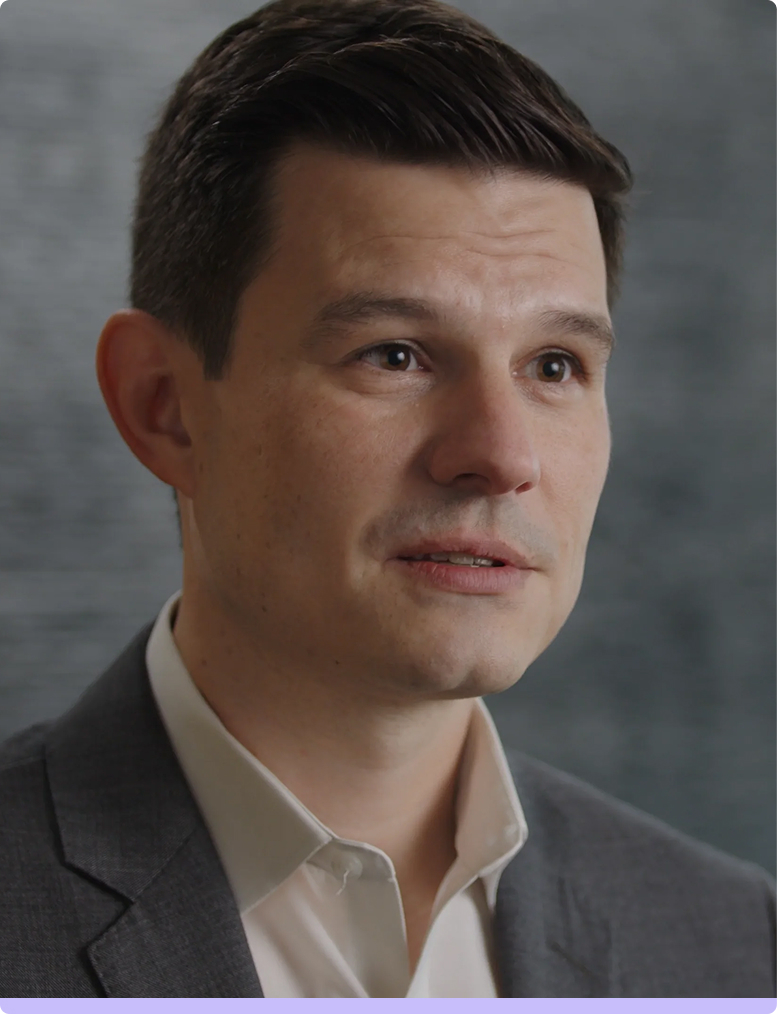The Dawn of Time Intelligence
Without visibility, organizations can’t
With visibility, organizations can
We analyzed work time across thousands of professionals. Scan the highlights below, then download the report for full details.
Download the Report